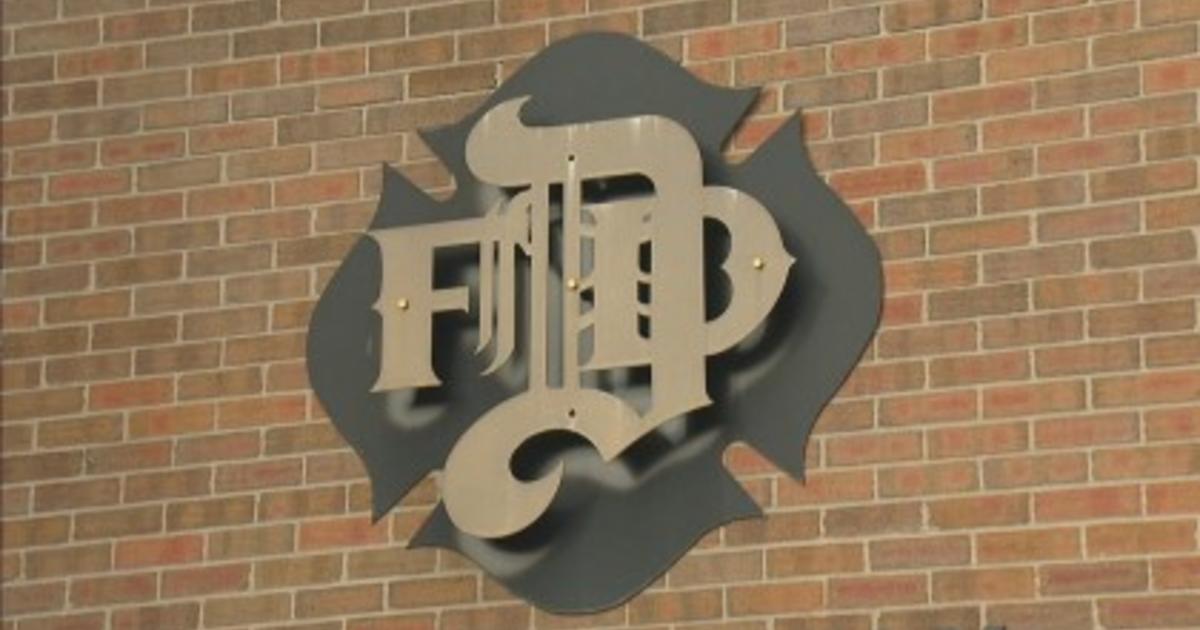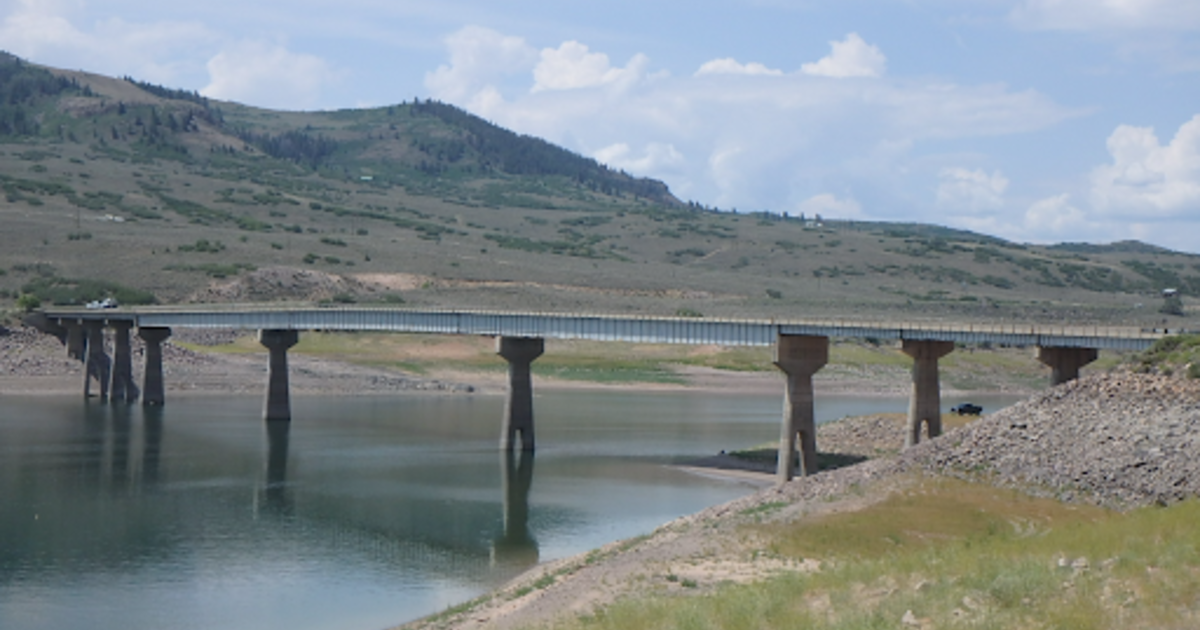Race Against Time For Snowmass Village Fossil Dig
DENVER (AP/CBS4) - Researchers are in a race against time as they dig up Ice Age-era fossils in Western Colorado.
The Denver Museum of Nature & Science has 40 days to excavate a site near Aspen where more than 100 bones have been unearthed, including mastodon skulls and pelvises and mammoth tusks.
The excavation site is in the middle of an active construction zone for a reservoir, and the project must be wrapped up by July 1 because of an agreement with the water and sanitation district in Snowmass Village, according to research officials.
A bulldozer operator found the first fossil at the site at Ziegler Reservoir in October. Since then, two skulls, vertebrae, ribs, wrist and ankles bones from mastodons have been found along with three mammoth tusks, a deer pelvis and a bison wrist bone. Overall, more than 100 ice age bones have been discovered.
"The number of bones we've got is staggering, it's amazing," Joe Sertich with the Denver Museum of Nature & Science said. "We knew there were a lot, but we had no idea it was this much."
Snow has been falling nonstop in Colorado's mountains, making the dig a challenge.
Kirk Johnson, the leader for the museum's excavation team, said the site is so rich with bones it's off the charts in terms of ice age fossil sites.
"I'm looking at 40 figures working with shovels, moving through soft dirt. I can see a tusk, a skull and a culvert at the surface. It's an amazingly rich site," Johnson said.
Mastodons are relatives of mammoths and elephants, according to the project's website, but Johnson said mastodons are usually found in the eastern part of the country while mammoth finds have been more common in the West.
What's so unusual about the excavation site at Snowmass Village is there had previously only been two or three partial mastodon finds in Colorado.
"Colorado only had a couple of records of mastodons before this site. And now we have the parts of at least 10 mastodons," Johnson said.
Johnson said the finds don't just open up a window into the little-known life of the mastodon -- they also bring some clarity to the time frame of the ice age and how it impacted the high elevations of the Rockies.
"High elevation sites are very poorly known. We've been able to use this section to construct a climate history for the Rockies during the ice age and what happened to the Rockies as the ice age came and went," Johnson said.
Officials said Wednesday they received a $100,000 donation from the owners of the Aspen Skiing Company. George Sparks, president and CEO at the museum said they have raised $460,000 toward their $1 million fundraising goal.
- By Sheila V. Kumar, AP Writer (CBS4 staff added to this report)
(TM and © Copyright 2011 CBS Radio Inc. and its relevant subsidiaries. CBS RADIO and EYE Logo TM and Copyright 2010 CBS Broadcasting Inc. Used under license. All Rights Reserved. This material may not be published, broadcast, rewritten, or redistributed. The Associated Press contributed to this report.)



